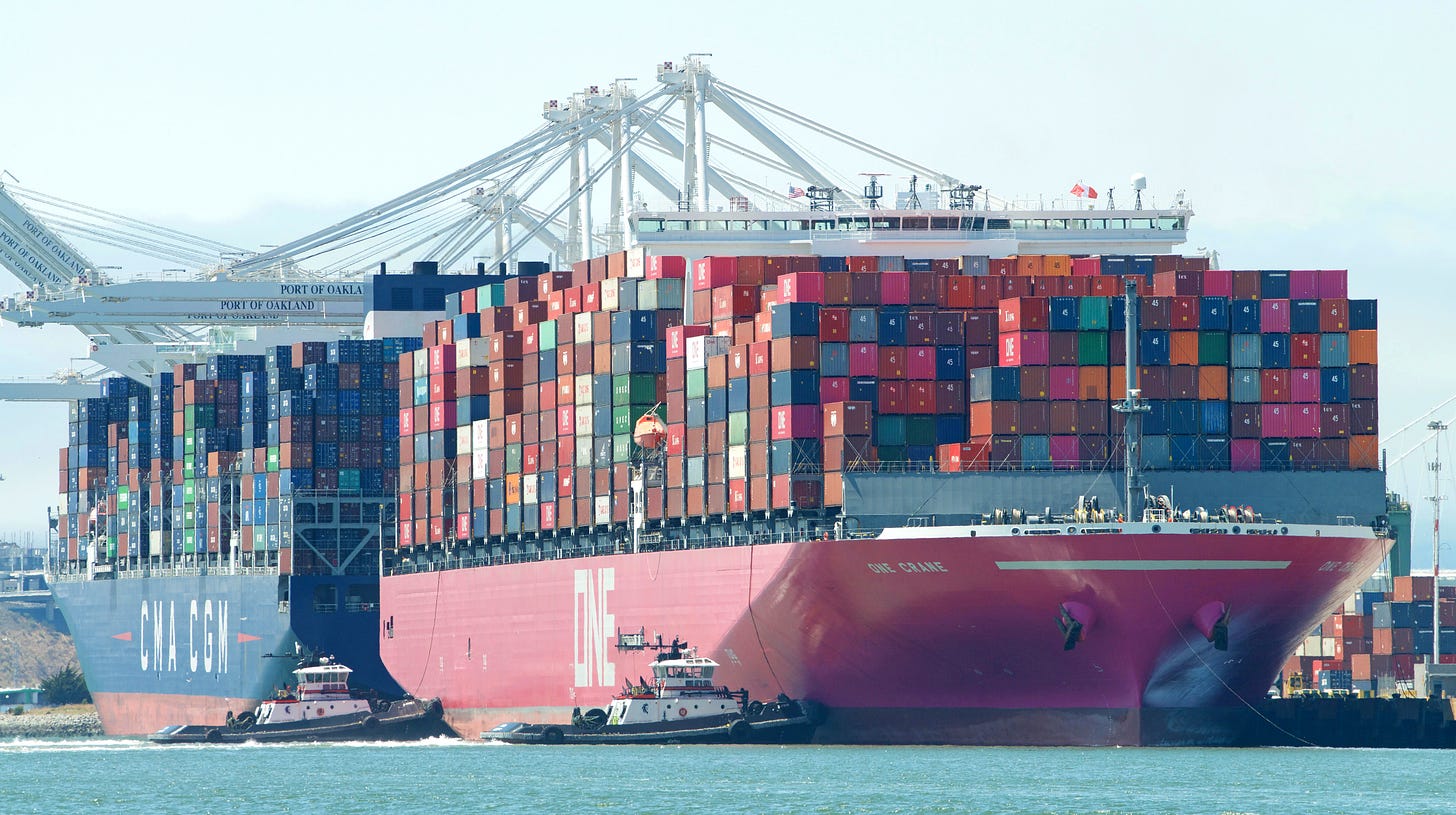All That Is Air Melts into Air
One of the internet’s greatest strengths is also one of its major problems: its ability to commoditize information. Like the long succession of technologies that preceded it, the internet ingests and compresses a messy, heterogenous world, offering a simplified representation that is easier to manipulate as pure data. This is obvious—or at least, has been obvious historically, but becomes less so as the digital and physical merge and their hyperreality envelops us more completely. Today, with less and less firm ground to stand on, it is harder to interpret what we see online as a lossy compression, and more tempting to accept it as the world itself—if for no other reason than the growing accessibility of the representation relative to the real. The contemporary bugman, having re-entered Plato’s Cave, experiences the philospher’s allegory in reverse; as more people follow suit, the belief becomes more true.
Digital technology makes everything more fungible1—including people. That is, it emphasizes the unambiguous and quantifiable while minimizing or altogether erasing the unique and ineffable (or reframing it as statistical noise), thereby increasing the interchangeability and comparability of digital objects and maximizing their potential for frictionless circulation. As Robin Sloan writes, “the correct 21st-century definition of ‘content’ isn’t ‘generic media’ but rather ‘the specific kind of media designed for platforms and algorithms’…You know it’s ‘content’ if the form is provided by someone else.” Digital infrastructure requires a standardized form. In this manner, the internet both mirrors and supports the globalizing, homogenizing tendency that has characterized recent history. Platformization is to information what containerization is to physical goods.




